Country Peoples Republic of China Area 6,247 km2 | ||
Kaifeng (simplified Chinese: ; traditional Chinese: ; pinyin: ; Wade–Giles: ), known previously by several names (see below), is a prefecture-level city in east-central Henan province, Peoples Republic of China. It was once the capital of the Northern Song Dynasty.
Contents
- Map of Kaifeng
- Food in china kaifeng luoyang henan goyvon
- The stone lock arts of kaifengs eastern grand mosque
- History
- Culture
- Cuisine
- References
Map of Kaifeng
There are currently nearly 5 million people living in its metropolitan area. Located along the southern bank of the Yellow River, it borders the provincial capital of Zhengzhou to the west, Xinxiang to the northwest, Shangqiu to the east, Zhoukou to the southeast, Xuchang to the southwest, and the province of Shandong to the northeast.
Food in china kaifeng & luoyang {henan} ~ goyvon
The stone lock arts of kaifengs eastern grand mosque
History
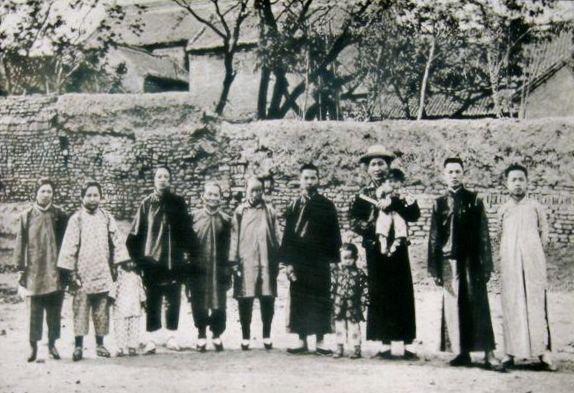
Kaifeng is one of the Eight Ancient Capitals of China. As with Beijing, there have been many reconstructions during its history.
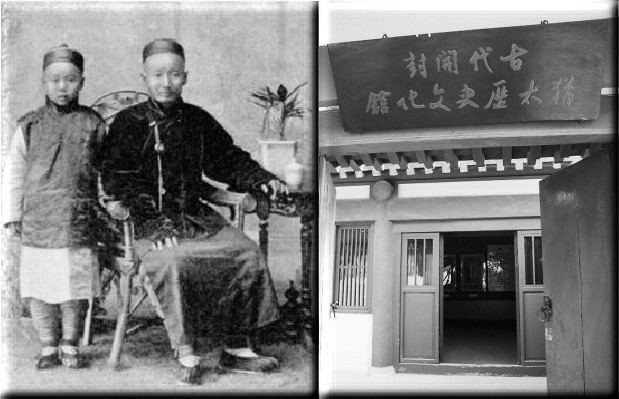
In 364 BC during the Warring States period, the State of Wei founded a city called Daliang () as its capital in this area. During this period, the first of many canals in the area was constructed linking a local river to the Yellow River. When the State of Wei was conquered by the State of Qin, Kaifeng was destroyed and abandoned except for a mid-sized market town, which remained in place.
Early in the 7th century, Kaifeng was transformed into a major commercial hub when it was connected to the Grand Canal as well as through the construction of a canal running to western Shandong.
In 781 during the Tang dynasty, a new city was reconstructed and named Bian (). Bian was the capital of the Later Jin (936–946), Later Han (947–950), and Later Zhou (951–960) of the Five Dynasties and Ten Kingdoms period. The Song dynasty made Bian its capital when it overthrew the Later Zhou in 960. Shortly afterwards, the city underwent further expansion.
During the Song, when it was known as Dongjing or Bianjing, Kaifeng was the capital, with a population of over 400,000 living both inside and outside the city wall. Typhus was an acute problem in the city. The historian Jacques Gernet provides a lively picture of life in this period in his Daily Life in China on the Eve of the Mongol Invasion, 1250-1276, which draws on Dongjing Meng Hua Lu, a nostalgic memoir.
In 1049, the Youguosi Pagoda (), or Iron Pagoda () as it is called today was constructed measuring 54.7 metres (179 ft) in height. It has survived the vicissitudes of war and floods to become the oldest landmark in this ancient city. Another Song pagoda, Bota (), dating from 974, has been partially destroyed.
Another well-known sight was the astronomical clock tower of the engineer, scientist, and statesman Su Song (1020–1101 AD). It was crowned with a rotating armillary sphere that was hydraulically-powered (i.e. by water wheel and a water clock), yet it incorporated an escapement mechanism two hundred years before they were found in the clockworks of Europe and featured the first known endless power-transmitting chain drive.
Kaifeng reached its peak importance in the 11th century when it was a commercial and industrial center at the intersection of four major canals. During this time, the city was surrounded by three rings of city walls and probably had a population of between 600,000 and 700,000. It is believed that Kaifeng was the largest city in the world from 1013 to 1127.
This period ended in 1127 when the city fell to Jurchen invaders during the Jingkang Incident. It subsequently came under the rule of the Jurchen Jin dynasty, which had conquered most of North China during the Jin–Song Wars. While it remained an important administrative center, only the city area inside the inner city wall of the early Song remained settled and the two outer rings were abandoned.
One major problem associated with Kaifeng as the imperial capital of the Song was its location. While it was conveniently situated along the Grand Canal for logistic supply, Kaifeng was militarily vulnerable due to its position on the floodplains of the Yellow River.
Kaifeng served as the Jurchen "southern capital" from 1157 (other sources say 1161) and was reconstructed during this time. The Jurchen kept their main capital further north until 1214 when they were forced to move the imperial court southwards to Kaifeng in order to flee from the onslaught of the Mongols. In 1232 they succumbed to the combined Mongol and Song forces in the Mongol siege of Kaifeng. The Mongols captured the city, and in 1279 they conquered all of China.
At the beginning of the Ming dynasty in 1368, Kaifeng was made the capital of Henan province.
In 1642, Kaifeng was flooded by the Ming army with water from the Yellow River to prevent the peasant rebel Li Zicheng from taking over. After this disaster the city was abandoned again.
In 1662, during the reign of the Kangxi Emperor in the Qing dynasty, Kaifeng was rebuilt. However, further flooding occurred in 1841 followed by another reconstruction in 1843, which produced the contemporary Kaifeng as it stands today.
Kaifeng is also known for having the oldest extant Jewish community in China, the Kaifeng Jews.
In 1969, the former President of the Peoples Republic of China, Liu Shaoqi, died from medical neglect while under house arrest in Kaifeng.
Culture
Kaifeng is known for having the oldest extant Jewish community in China, the Kaifeng Jews.
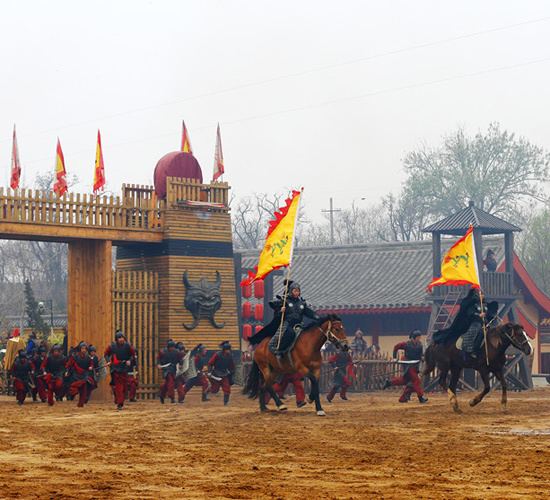
It also has a significant Muslim enclave and is notable for its many womens mosques (nusi), including the oldest nusi in China, Wangjia Hutong Womens Mosque, which dates to 1820.
Cuisine
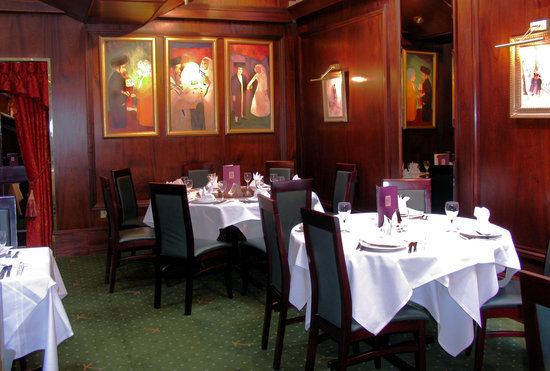
Kaifeng cuisine plays a dominant part in forming Henan cuisine.
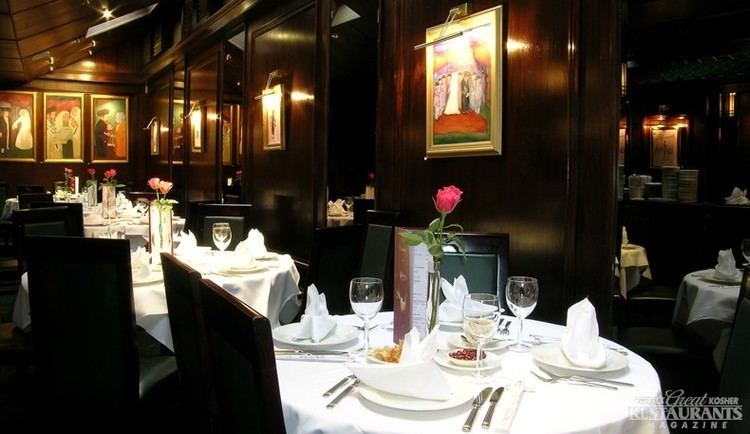
Kaifeng offers a wide range of food specialities such as steaming pie and dumplings. In the evening, Kaifengs streets turn into restaurants while hundreds open their stands and begin selling their food in the famous night market. Often people from the nearby Zhengzhou come to Kaifeng to spend an evening with their family as the atmosphere is very appealing. Particularly famous is Kaifengs five-spice bread (wuxiang shaobing), which, like pita, can be opened and filled.
